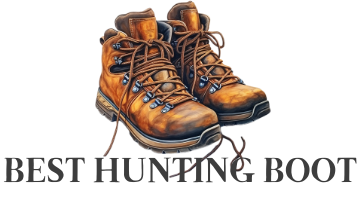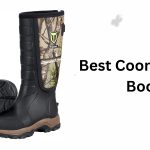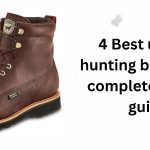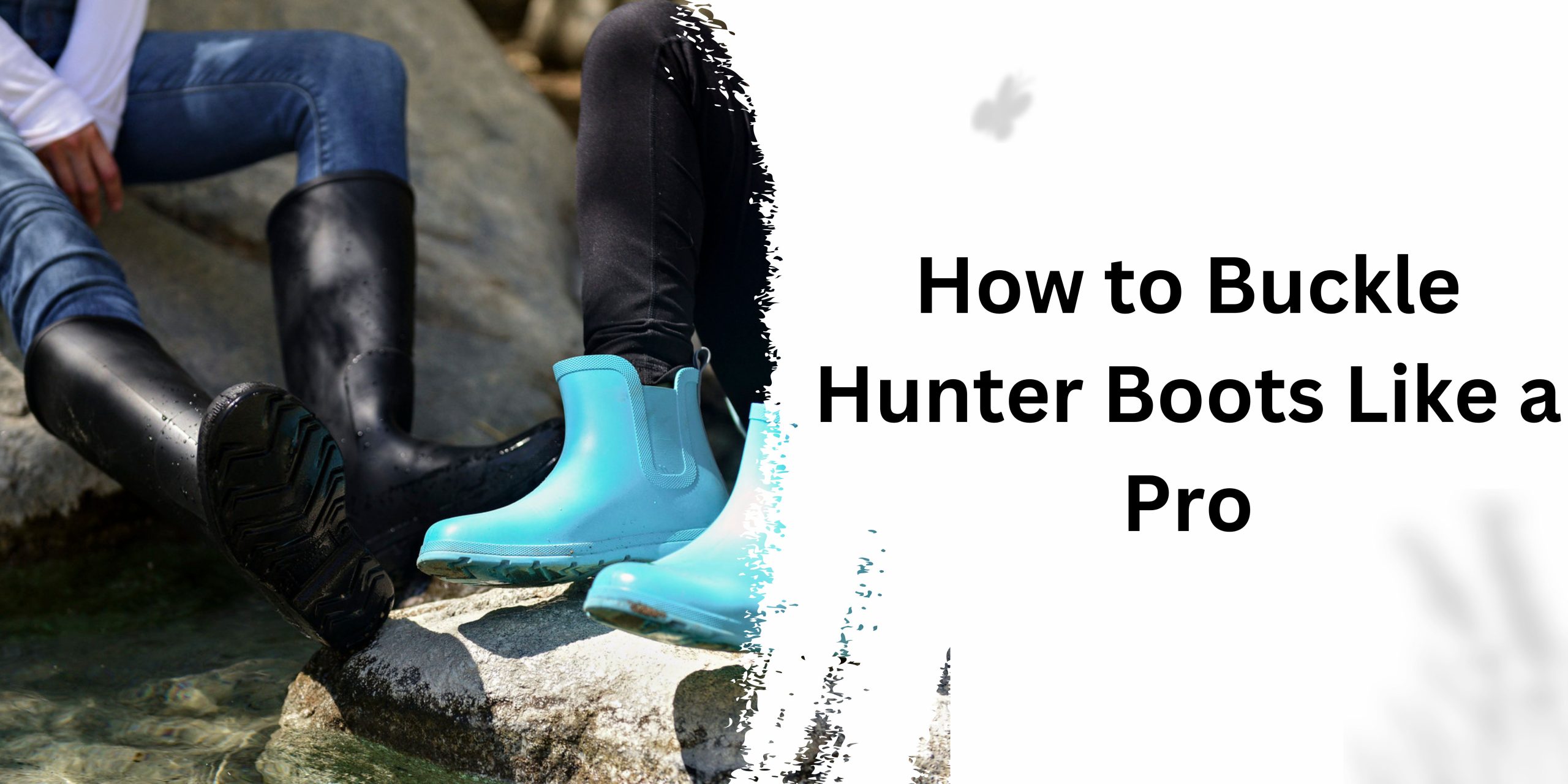When you first slip into a pair of Hunter boots, you might think about how sturdy and stylish they are. But after a while, comfort can become an issue. Knowing how to make Hunter boots more comfortable can transform your experience. In this guide, we’ll explore various ways to ensure your Hunter boots provide the ultimate comfort.
How to Make Hunter Boots More Comfortable
Choosing the Right Size
The first step in ensuring comfort is choosing the right size. Hunter boots are known for their durability, but if they don’t fit well, they can cause discomfort. It’s crucial to measure your feet accurately and compare them to the size chart provided by Hunter. Remember, your foot size can change over time due to various factors such as age, weight changes, and activity level. A well-fitting boot is essential to avoid blisters and unnecessary strain on your feet.
Adding Insoles
Insoles can make a world of difference when it comes to comfort. Investing in high-quality insoles designed for extra cushioning can transform your Hunter boots into a more comfortable pair of shoes. Gel insoles are particularly effective as they provide a softer footbed, absorbing shock and reducing pressure on your feet. This can be especially beneficial if you spend a lot of time standing or walking.
Wearing the Right Socks
The type of socks you wear can greatly affect the comfort of your Hunter boots. Opt for thick, moisture-wicking socks that provide additional padding and help keep your feet dry. Wool socks are an excellent choice, especially in colder weather, as they offer both warmth and moisture control. Avoid cotton socks as they tend to retain moisture, which can lead to discomfort and blisters.
Breaking Them In
New boots often need to be broken in to reach their full comfort potential. Start by wearing your Hunter boots around the house for short periods. Gradually increase the amount of time you spend in them each day. This helps the material to mold to the shape of your feet, reducing the risk of blisters and making the boots more comfortable over time. Patience is key, as rushing this process can lead to unnecessary discomfort.
Using Boot Stretchers
If your Hunter boots feel too tight, boot stretchers can be a lifesaver. These devices help expand the width and length of the boots, providing a more comfortable fit. Use boot stretchers overnight to gradually stretch the boots without causing any damage. This method is particularly useful for those with wider feet who may find standard sizes too snug.
Applying Moleskin
Moleskin is a fantastic tool for preventing blisters and enhancing comfort. Cut small pieces of moleskin and apply them to areas of your feet prone to friction. This reduces rubbing and keeps your feet blister-free, even during long walks or hikes. Moleskin is especially useful when breaking in new boots or if you know you’ll be on your feet for extended periods.
Cushioning Heel Inserts
Heel inserts can provide extra cushioning where you need it most, helping to distribute weight more evenly across your foot. This reduces the strain on your heels and improves overall comfort. Look for inserts made of silicone or gel for the best results, as these materials offer excellent shock absorption and cushioning.
Adjusting Boot Height
Sometimes, the height of Hunter boots can cause discomfort, especially if they dig into your calves. If this is the case, consider folding the tops down to a more comfortable height. This simple adjustment can make a significant difference, allowing for a more personalized fit that reduces irritation.
Waterproofing Treatments
While Hunter boots are already waterproof, additional treatments can enhance comfort. Applying waterproofing sprays can keep the exterior of the boots more pliable, preventing the material from stiffening in cold weather. This also helps maintain the boots’ breathability, ensuring your feet stay comfortable and dry.
Using Anti-Chafe Balms
Anti-chafe balms are another great solution for reducing friction between your skin and the boots. Apply the balm to your feet before putting on your boots to create a smooth barrier that minimizes irritation. This is particularly helpful for long days spent on your feet, whether you’re walking, hiking, or just running errands.
Proper Lacing Techniques
Though Hunter boots typically don’t have laces, proper adjustment can still play a role in comfort. If your boots feel loose, wear thicker socks or use an insole to create a snug fit. A secure fit prevents your feet from sliding around inside the boots, which can cause blisters and discomfort.
Custom Orthotics
For those with specific foot issues, custom orthotics can be a game-changer. These orthotics are tailored to the unique shape and needs of your feet, providing unparalleled comfort and support. While they can be an investment, consulting with a podiatrist to get the best recommendations can be well worth it, especially if you have chronic foot pain or other issues.
Regular Maintenance
Regular maintenance of your Hunter boots can also contribute to their comfort. Clean them regularly and condition the material to keep it soft and supple. This prevents stiffness and maintains flexibility, extending the lifespan of your boots and ensuring long-term comfort. Proper care is essential for maintaining the functionality and comfort of your boots.
Read More: Why Do Hunter Boots Peel?
Tips for Enhanced Comfort
Rotate Your Footwear
Avoid wearing your Hunter boots every day. Rotating your footwear gives your feet a break and prevents repetitive stress injuries. It also allows the boots to air out and retain their shape, which is important for maintaining their comfort and longevity.
Foot Exercises
Strengthening your feet can improve overall comfort. Simple exercises like toe curls, arch lifts, and calf stretches can make a difference. These exercises help prevent foot fatigue and enhance support, making your Hunter boots more comfortable to wear for longer periods.
Hydration and Moisturizing
Keeping your feet hydrated and moisturized is essential for preventing blisters and discomfort. Dry skin can lead to cracking and irritation, especially when wearing boots for extended periods. Use a good foot cream daily to maintain healthy skin, focusing on areas that are prone to dryness.
Read More: How to Clean Hunter Boots Inside
Summary
Learning how to make Hunter boots more comfortable involves several steps. From choosing the right size and adding insoles to wearing the right socks and breaking them in, every detail counts. Using boot stretchers, applying moleskin, and adding heel inserts are practical solutions. Adjusting boot height, applying waterproofing treatments, and using anti-chafe balms can enhance comfort further. Proper maintenance, custom orthotics, and regular foot exercises also play crucial roles in ensuring your Hunter boots are as comfortable as possible.







